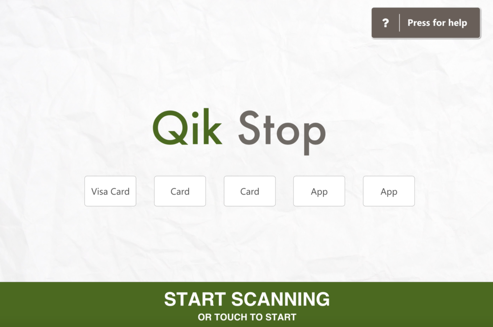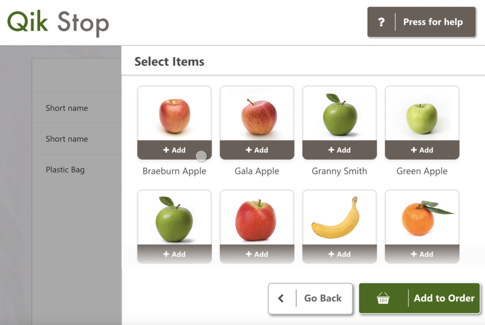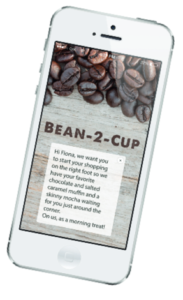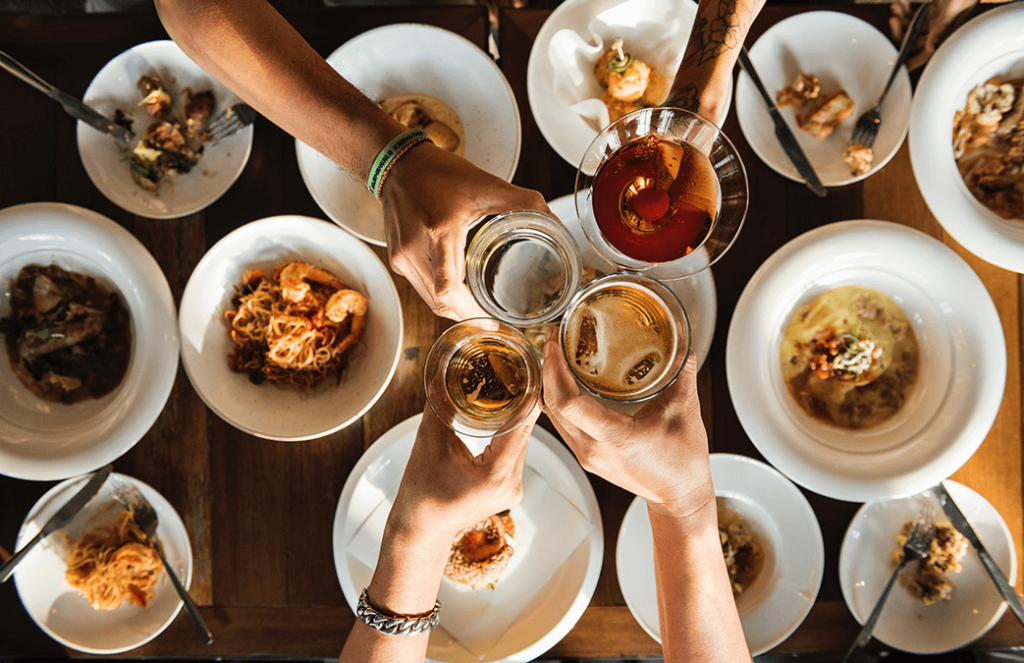The need for speed of service
We are quickly becoming a society built on instant gratification. We know what we want, we want it now, we want you to remember what we want, and we want the ability to personalize it, too!
The latest stats on changing diner behavior tell us that 29% of restaurant-goers aged 21-34 admit to ‘often or very often’ feeling frustrated while waiting for the bill in a restaurant (with 21% as the average across all generations).
In addition, 15% find waiting for the card machine frustrating, with 12% saying a wait time of more than 30 minutes is likely to deter them from a restaurant.
To that end, what can you do as a hospitality operator to meet your customers’ service expectations and ensure their experience is as seamless as it is convenient?
-
1 Self order and pay technology
Self-service technology not only removes friction for the customer, it lets them manage their journey autonomously. As a society, we want to self-serve: 67% of customers say they prefer serving themselves over speaking to wait staff, and 42% say they would opt for self-service technology if it was available.
This change in attitude towards self-ordering didn’t happen overnight and is the result of a gradual shift in consumer behaviour over the past 100 years – check out our last post on the evolution of self-service technology.
Self-order kiosks, self-checkouts, mobile apps and pay-at-table solutions effectively minimize customer friction by removing language barriers, reducing social anxiety, limiting the scope for human error, and speeding up the journey. This is particularly the case with pay-at-table solutions where the time spent waiting for a server to become available (dead time for the operator, and a major table turn blocker) is removed. And in cases where the journey isn’t faster for the customer – such as at the self-checkout – the overall experience seems quicker, due to a phenomenon called ‘wait warping’.
One of the leaders in self-service technology is McDonalds. After 2014-15 and its first full-year fall in like-for-like sales (due to competition from more up-market establishments and some other supply chain issues) the fast food giant realized it needed to “disrupt, or be disrupted”. And seeing an opportunity in self-service tech, it launched an aggressive plan that would see stores across the U.S modernized to include self-service kiosks, mobile order and pay in multiple locations across the world, paired with off-premise delivery in some areas too. The new business model – dubbed “Experience of the Future” – has been a huge success; McDonald’s stock prices grew by 45% in 2017 and today, in FY 2018-19, they are still showing no signs of stopping (increasing 4% in Q1 alone).
Self-service technology also offers an opportunity to combine disparate services, systems and databases – providing a multi-choice, omni-channel experience for customers and one-dashboard-control for operators. If you use the same supplier for your mobile, kiosk and loyalty services, or use a provider that offers APIs to integrate into third parties, you can take a platform approach to your order, pay and loyalty strategy. This not only simplifies management and data analysis for the operator, but improves the end-user journey, too. For example, if your mobile, kiosk and loyalty systems are integrated, your customer doesn’t need to sign in to their loyalty account to log points; it’s all done behind the scenes. Zero friction and a seamless experience, from end-to-end.
-
2 Thoughtful store layout
The physical layout of your restaurant can make or break the customer experience. A line or a kiosk in the wrong place can easily create a bottleneck and cause traffic to build up – meaning a road-block for customers at other stages of the path-to-purchase journey, and frustration for those waiting in line.
Ripping out kiosk hardware can be a costly business, involving cable re-wiring and store closure time, so it’s important to take your time to analyze traffic flow and proximity to available power sources before deploying and installing the units.
Starbucks got caught out earlier this year after they failed to take into consideration line flow and order throttling after launching their order ahead and pay app. Customers would pay for their drinks using the app, the orders would land on the baristas at the same time, then people would arrive at the store and find their orders nowhere near ready, and the venue full of walk-in customers and mobile pick-up customers all mixed in together. The disorganization caused the company to lose 3% in Q4 2017-18. Starbucks solved the problem by sending an SMS alert to customers to let them know when their mobile orders are ready, and designating different sections of the store for walk-in lines and mobile pick-up.
In table-service or fast casual concepts, where kiosks might not be appropriate, there are other ways to optimize store layout to remove friction – from focussing on chokepoints (the times or points in the customer journey where the process slows down) to using POS-integrated table management tools, and effectively managing staff.
-
3 Digital wallets and contactless payments
By offering contactless and digital wallet payment options hospitality operators can ensure a quick and seamless checkout experience for customers – and one that is safer than the traditional magnetic strip too, through the tokenization of personal account information.
One third of all card payments in the U.K are now contactless and two in three phones are NFC-enabled. Digital wallets and peer-to-peer payments are increasing, with digital payments as a whole expected to account for $726bn by 2020. Accordingly, less cash is set to be in circulation in the near future, with 54% of customers stating they expect to be carrying less of it in five years’ time.
-
4 Consider menu design
By using self-service technologies that utilize digital menu displays, operators can build their user interfaces (UIs) in such a way that makes ordering quick and efficient for customers. Through front-loading the menu with customer favourites, and grouping items based on popular combinations, guests can navigate through the screens quickly and send their order to the kitchen in record time.
Pro tip: Bad UI designs do not consider user psychology and are modelled on the staff-facing point of sale which assumes familiarity. Good UIs, on the other hand, understand that most customers are seeing the screen for the first time. They take into consideration that there may be surrounding noise, and glare from overhead lights. They try to reduce as much friction as possible. Rather than stopping a transaction half way through to verify age, a good UI will ask for identification at the end of the transaction so as to not interrupt the flow. And they do this all while utilizing simplified screens, minimal text, clear typography and clean imagery.


-
5 Personalization and customization
The stats are in: 72% of quick-service restaurant expect to be able to customize their orders and 82% of customers prefer loyalty programs that are tailored to their specific profile. Offering up adaptive content on menu UIs based on customer profiling is not only efficient, it makes the guest feel special. By logging in to their account, either via mobile app or biometrics at the kiosk, tailored menus can be surfaced to guests, teamed with personalized discount coupons based on the products you know they like.

-
6 Remember generational differences
As stated above, 29% of people aged 21-34 often or very often feel frustrated while waiting for the bill, falling to 21% as the average once Baby Boomers and the older generations are taken into consideration. Although these mature communities are digitally connected, and happy to experiment with mobile apps and other restaurant technologies, they do not like to feel rushed.
Before going all guns blazing in your attempts to maximize speed of service and efficiency in your restaurant, it’s important to take stock of the fact that different customers prefer different experiences. Above all, it’s best to provide options.
QikSummary:
Today’s society is more impatient than ever and digitizing your restaurant to optimize speed and efficiency could be the answer to many of your problems. But it’s important to understand your customer-base first. There is no one-size-fits-all when it comes to friction-busting, self-service technology – you need to consider what fits the look and feel of your brand.
A platform provider can ensure consistency across channels – offering a seamless, end-to-end experience that optimizes efficiency in the areas you want to optimize efficiency, while giving your customers the freedom to personalize their journeys to their own liking. Order, tap to pay and go. Or sit, chat and soak up the ambience. Providing choice is the only way you’re going to beat feelings of frustration for all customers.





